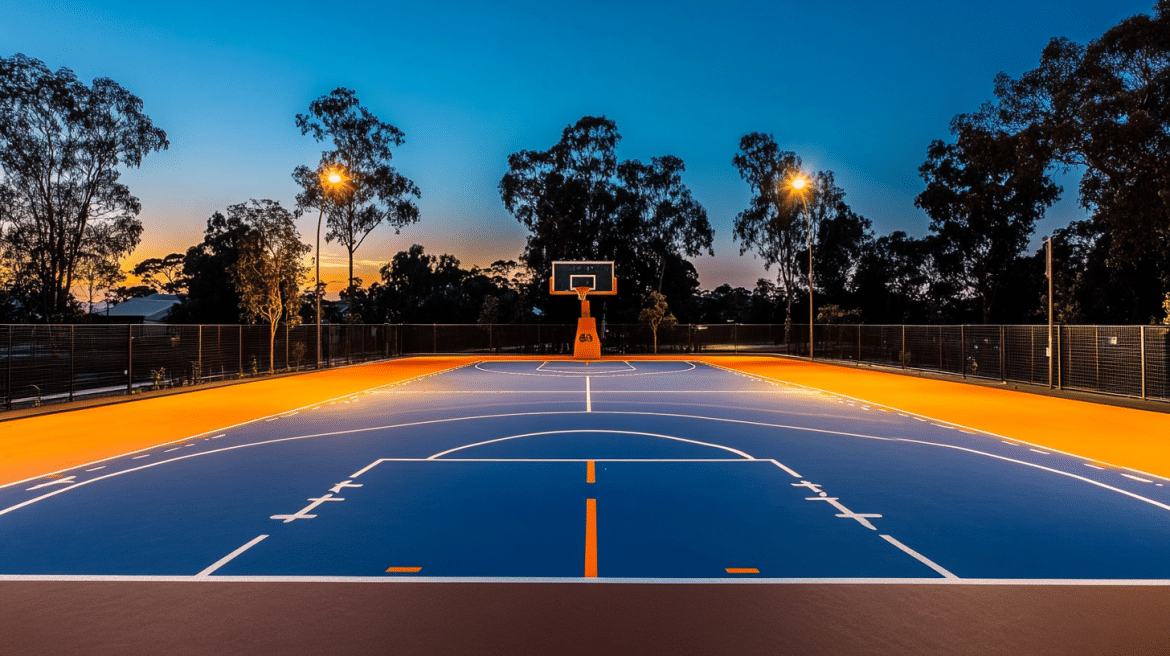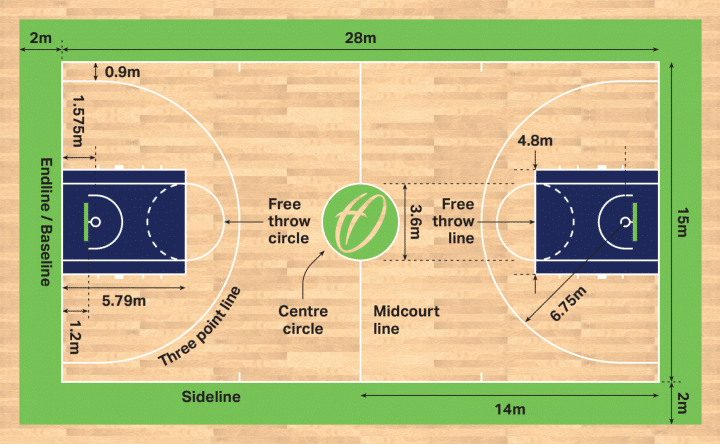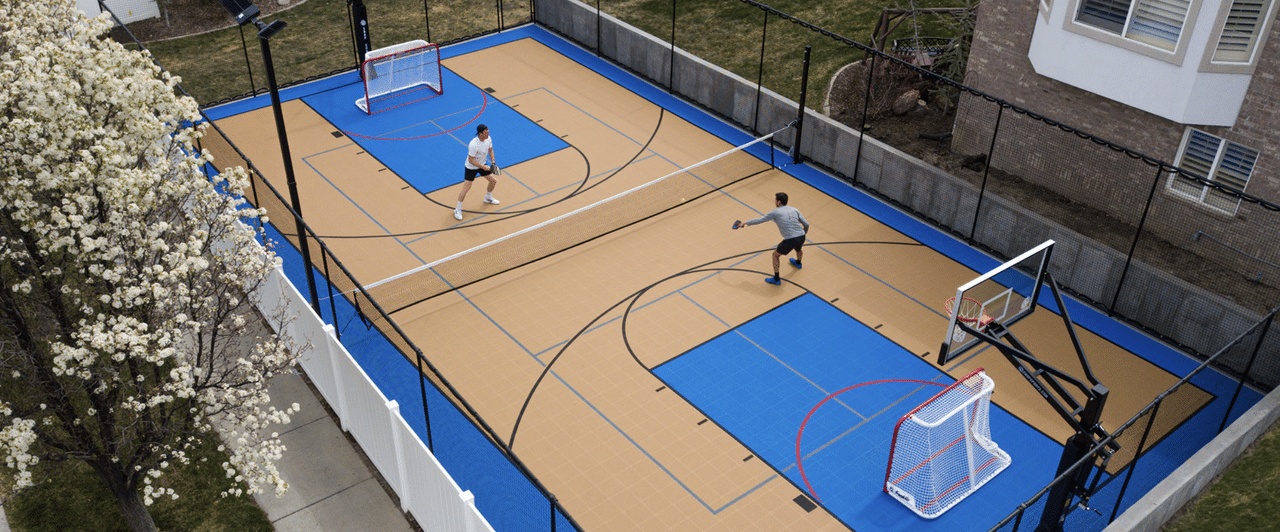Regarding basketball, the quality of the court plays a crucial role in the overall experience for players, coaches, and spectators. In Australia, where basketball continues to gain popularity, the quest for the best basketball court involves a combination of factors that ensure an exceptional playing environment. Here’s what makes The Best Basketball Court In Australia stand out.
Court Surface Quality
The surface of a basketball court is one of the most critical aspects. High-quality courts often feature hardwood or advanced synthetic surfaces that provide optimal traction and bounce. Hardwood courts, commonly used in professional settings, offer a classic feel and durability.
However, synthetic surfaces like polyurethane or rubber are increasingly popular due to their resilience and lower maintenance requirements. These surfaces can also reduce the risk of injury by providing better shock absorption.
Proper Dimensions and Markings
A top-notch basketball court adheres to official dimensions and markings. According to FIBA and NBA standards, the court should measure 28 by 15 meters, with a three-point line 6.75 meters from the basket. The key, or free-throw area, should be 4.9 meters wide. Accurate markings and dimensions are essential for maintaining the integrity of the game and ensuring fair play.
Lighting
Effective lighting is crucial for both indoor and outdoor courts. Well-lit courts reduce glare and shadows, enhancing visibility for players and spectators. LED lighting is increasingly favored for its energy efficiency and ability to provide bright, even illumination. Proper lighting not only improves gameplay but also contributes to the overall atmosphere of the court.
Spectator Seating and Facilities
A well-designed basketball court should comfortably accommodate spectators. Adequate seating, whether bleacher-style or individual chairs, ensures that fans have a clear view of the action.
Additionally, amenities such as restrooms, refreshment stands, and shelter from the elements are important for enhancing the spectator experience. For major events, courts with VIP areas and media facilities can elevate the event’s prestige.
Accessibility and Safety Features
Accessibility is a key factor in making a basketball court stand out. Courts should be accessible to people with disabilities, featuring ramps and designated seating areas. Safety features, such as padded backboards and barriers around the court, are essential to prevent injuries. Additionally, courts with proper maintenance routines and inspections ensure that the playing surface remains safe and in top condition.
Community Integration
The best basketball courts often serve as community hubs. Courts located in accessible areas with good transport links encourage community engagement.
Features like multi-use spaces, which can accommodate other sports or events, maximize the court’s utility. Involvement with local schools and sports clubs can also enhance the court’s role in promoting youth development and community spirit.
Aesthetic Appeal
Finally, the visual appeal of a basketball court contributes to its overall quality. A well-designed court with vibrant colors, professional-grade graphics, and team logos creates an inviting atmosphere. The court’s design should reflect both the sport’s dynamism and the community’s identity, making it a source of pride and excitement for players and fans alike.
Conclusion
Creating the best basketball court in Australia involves a careful balance of surface quality, proper dimensions, lighting, spectator facilities, accessibility, safety, community integration, and aesthetic appeal. Whether for professional games or local community use, these factors collectively contribute to a superior basketball experience. As the popularity of basketball continues to grow in Australia, the pursuit of excellence in court design will play a significant role in shaping the future of the sport.



